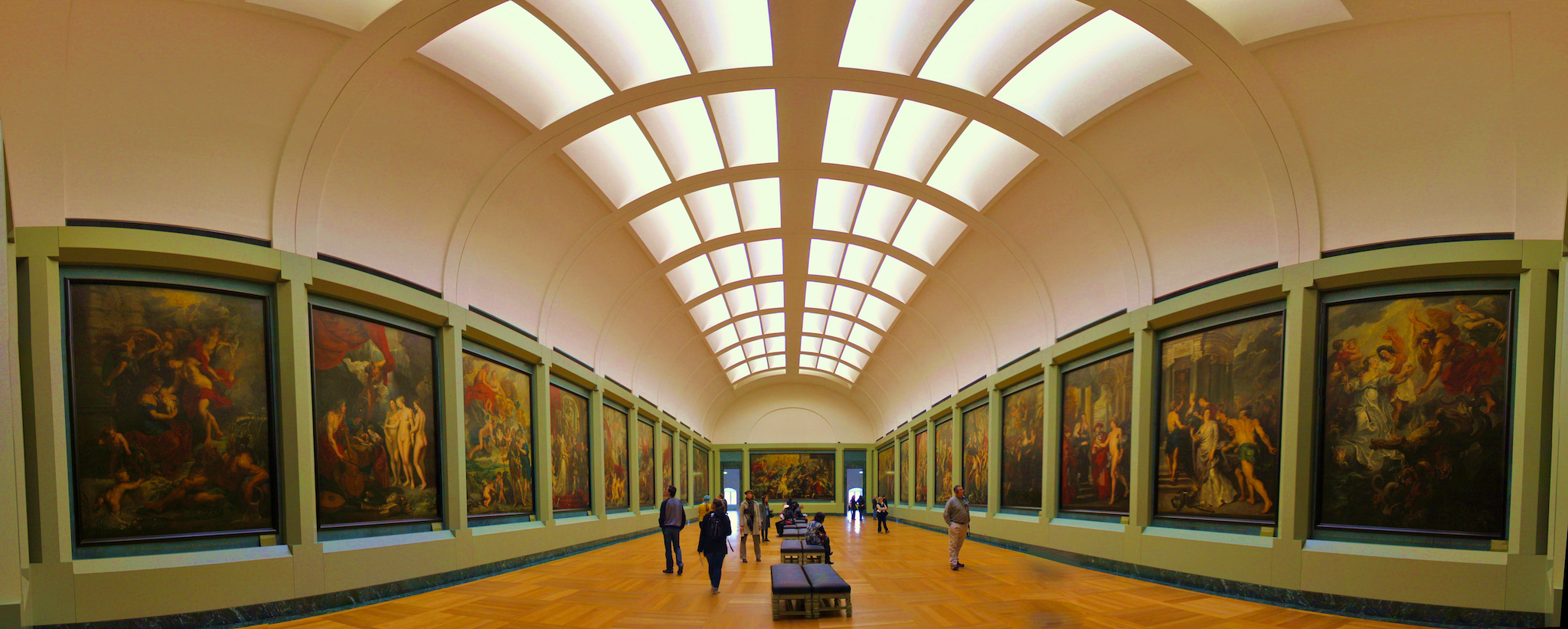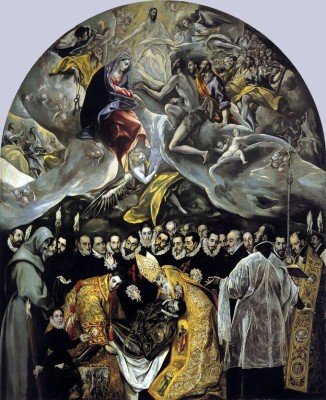Art / Paintings
I gradually discovered over the years that I have a strong liking for paintings. It didn’t come quick, and it took a lot of effort. Only after I went to a few museums around the world did I manage to develop a sense of judgement about what is unique and truly original. As with science, paintings should be judged in the time frame they were created. Below you will find a list of various works of art that I have seen and admired, along with short explanations on why I find them interesting. The list is sorted in chronological order.
LA DURÉE POIGNARDÉE / TIME TRANSFIXED (1938)
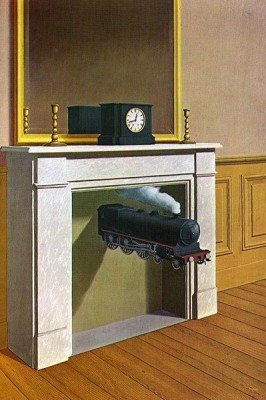
René Magritte Art Institute of Chicago, Chicago, IL
Magritte is my all-time favorite painter because of the unique and paradoxical way he paints. When I first saw this painting in Chicago I was awestruck: it was trully as if the train is sticking out of the fireplace and out of the painting into our everyday world. And the more you look at it, the more wrong it seems. And yet, this painting makes it real in an almost magical way.
THE TREACHERY OF IMAGES / LA TRAHISON DES IMAGES (1928)

René Magritte Los Angeles County Museum of Art, Los Angeles, CA
The message reads “there is no pipe”. On first view, the message seems wrong: the pipe is right there, and we know it. On second view, the message is right when you consider that the message may be referring to the whole painting instead, hence it is correct since the painting is (obviously) not a pipe. (related blog post)
THE STARRY NIGHT (1889)
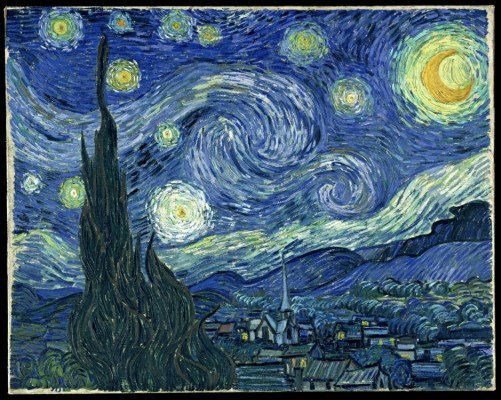
Vincent van Gogh Museum of Modern Art, New York, NY
As soon as I went to the 6th floor of MoMa to see this painting, I stepped up really close with my nose against the canvas. I saw van Gogh’s brush strokes, sticking out three-dimensionally with thick paint coming out of the canvas. I could really imagine van Gogh sliding his brush in purpose to makes these strokes, which, unfortunately, are limited to two dimensions in a page like this. At the same time, van Gogh work is very mathematical: his style of painting reminds me of vector fields, the little arrows that indicate the flow of fields in physics.
A SUNDAY AFTERNOON ON THE ISLAND OF LA GRANDE JATTE (1884)
Georges Seurat Art Institute of Chicago, Chicago, IL
This is a painting that I didn’t know it existed until I saw it. And as soon as I stepped into the room in Chicago, I spent about 15 minutes just staring at it. I observed it from far behind, admiring it macroscopically, and the walked very close, to observe the little dots that the painting truly consists of. And it was amazing: from up close, the only thing you can see are small discrete dots that make no sense, until you move further away.
LAS MENINAS (1656)
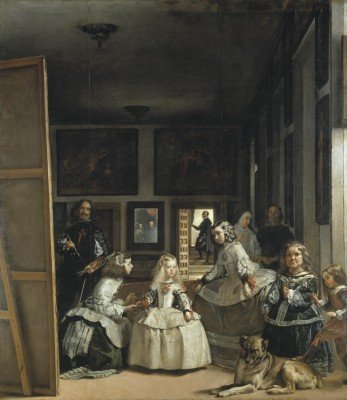
Diego Velázquez Museo del Prado, Madrid, Spain
It is important to see this painting in an empty room if at all possible (probably not). The figure of the young blonde girl stands out three-dimensionally, almost hovering in free space away from the painting. It is a magical effect that cannot be observed by seeing the painting in a page. Also, observe the painter looking at the couple that waits to be painted, which can be seen in the mirror in the back wall. The door that opens in the back provides the necessary light to fill the room.
JUDITH BEHEADING HOLOFERNES (1620)
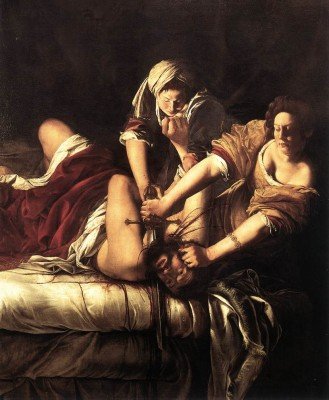
Artemisia Gentileschi Uffizi, Florence, Italy
This is a beautifully disgusting piece of art. It tells the biblical story of Judith that walks into General Holofernes’ tent, seduces him, and then cuts off his head for invading their town. The painting is almost impossible to stare when viewed in full size, because it is utterly realistic.
THE BURIAL OF THE COUNT OF ORGAZ (1586)
El Greco, 1586 Santo Tomé, Toledo, Spain
This painting is huge and sits wall-to-ceiling at the church in Toledo. Apart from El Greco’s trademark faces and figures, it includes the most amazing transparency I’ve seen in the history of painting. The clothes of the priest in the bottom right corner are simply incredible - you can see right through the white cloth into the black background as if it is a real piece of fabric. Not to mention the ripples in the way it folds onto his body.
THE AMBASSADORS (1533)
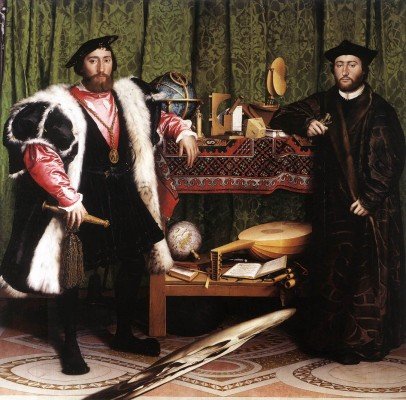
Hans Holbein the Younger National Gallery, London, UK
What makes this painting unique to me is not that it is crowded with symbolism - from the carpet to the clothes to the globes. It is the anamorphic skull that sits near the bottom of the canvas that makes the painting special. It is completely distorted when viewed from the front, yet it magically transforms into a normal skull when viewed from a specific steep angle from the right side of the painting. Simply stunning
THE LAST SUPPER (1498)
_-_The_Last_Supper_(1495-1498).jpg)
Leonardo Da Vinci Convent of Sta. Maria delle Grazie, Milan, Italy
I had tears in my eyes as soon as I walked into the room where Da Vinci’s masterpiece is kept. The large size of the painting and its specific position on the top side of the wall, reaching end to end, cannnot be transfered into a page. It is probably the painting that looks more amazing that anyone else in real life as opposed to a page. They only let groups of 20 people at a time for only 15 minutes inside the room (no pictures allowed), so be sure to take advantage of the moment when you actually see it.
